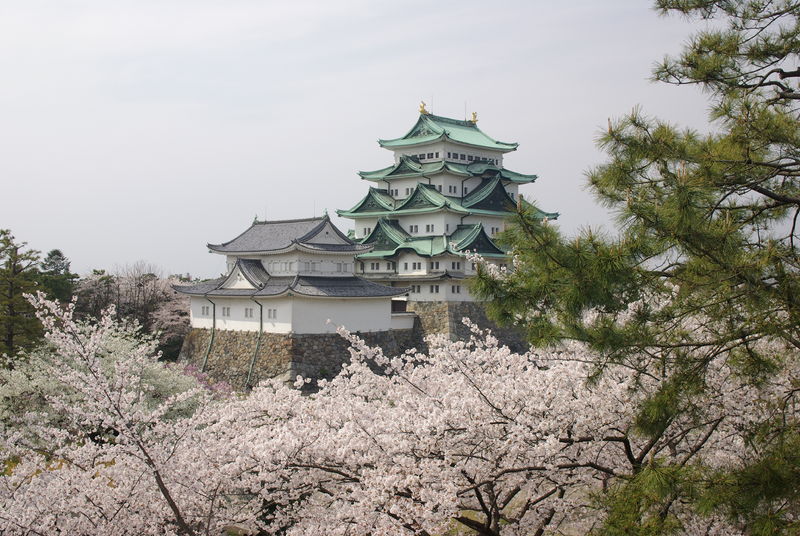From a distance, the rooftops of Nagoya Castle give the impression of a monstrous yet gracious bird flapping its grey and green wings. Erected during the Tokugawa period, the castle has a story worthy of a novel.
It all began with the Japanese feudal lord Imagawa Ujichika – who at the time was Suruga Province’s military governor – and his plan to advance towards the Owari Province. Ujichika erected the castle, which he named Yanagi-no-maru, in 1521 to aid this plan.
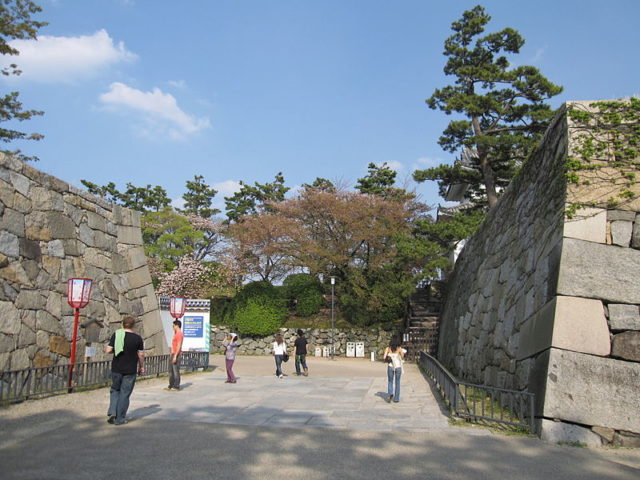
Construction was finished seven years later, in 1528, and the castle was gifted to his son, Imagawa Ujitoyo. It wasn’t long before Ujitoyo lost the castle, when Oda Nobuhide seized it from him in the spring of 1532.
Oda Nobuhide used the castle as his primary residence and changed the castle’s name to Nagoya Castle. Some researchers believe the castle was the birthplace of Oda Nobunaga, the son of Oda Nobuhide, though this claim is a matter of debate due to unclear evidence.
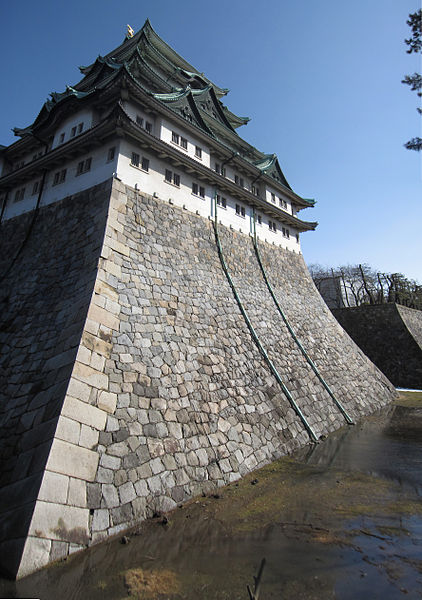
Nobuhide used the castle until 1555. The same year, he managed to take over another stronghold, Kiyosu Castle, and so made this his primary residence. After it was abandoned in 1582, Nagoya Castle was slowly forgotten.
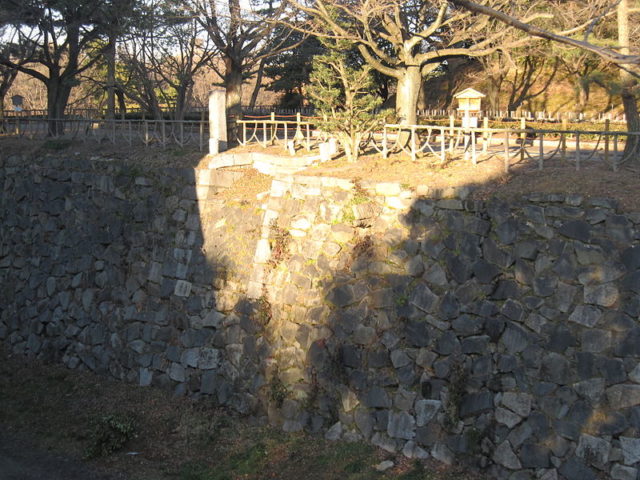
The castle stood vacant for decades and was on the verge of disappearing forever. But hope came in 1609, when the founder and first shōgun of the Tokugawa shogunate of Japan, Tokugawa Ieyasu, took Nagoya Castle and decided to carry out extensive renovations.
Notable architect Nakai Masakiyo was called to design the renovations. Masakiyo had built a fine reputation designing fortifications; among his most cherished works were the castles of Fushimi, Edo, and Nijō.
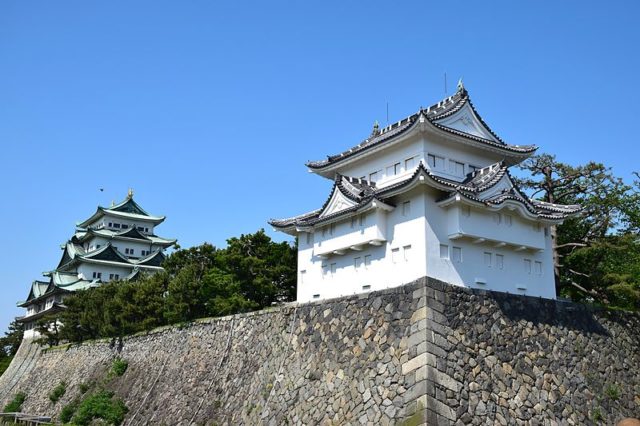
Nagoya Castle was by far Masakiyo’s greatest achievement. Renovations begin in 1610 and, under the order of Tokugawa, work was extensive as this was to be the capital of the Owari Province.
Tokugawa wanted the project to be finished fast, and so he appointed 20 feudal lords from both western and northern parts of Japan to assist him his mission. By the end of the summer of 1610, the stone foundation of the keep – or the tenshu as they are known in Japan – was finalized. By December the same year, a number of other buildings in the complex were finished too.
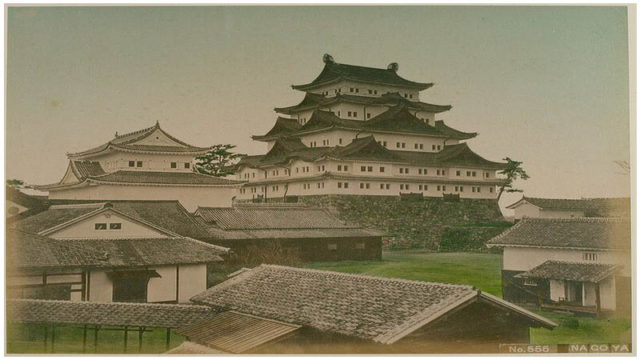
Much of the construction material was salvaged from Kiyosu Castle, which was rather smaller in size. Even its tenshu was dismantled and fully rebuilt at Nagoya. A number of painters and artists were hired to decorate the castle.
As years went by, the castle was further enlarged, adding palace after palace and painting after painting. Its status too kept growing; so much so that in December 1932, the castle was designated as a historic site due to its involvement in a number of historic events.
Things changed, however, as World War II was beginning to erupt. In 1942, a number of artworks from the castle were declared national treasures and were removed and taken into storage.
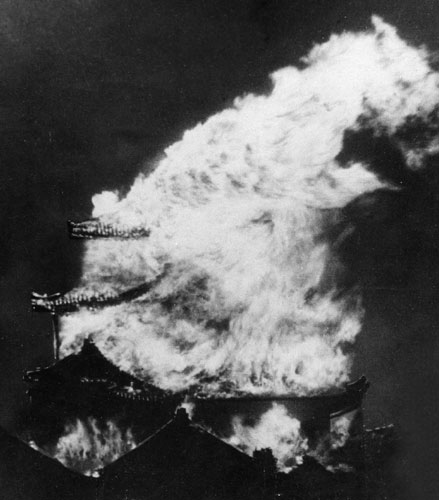
When the war began, the castle became the Tokai district army headquarters. Much of it was destroyed by the U.S. Army Air Forces during their raids on Japan. The main donjon, the Sarumen Tea House, and several other structures were completely obliterated.
After the war, what was left of the complex was designated as an Important Cultural Property and by 1959, some of the renovations were finished. The same year, some parts of the complex were opened to the public. Restoration continued over the years and is an active process even today; the reconstruction of the main tower is expected to last until 2022.
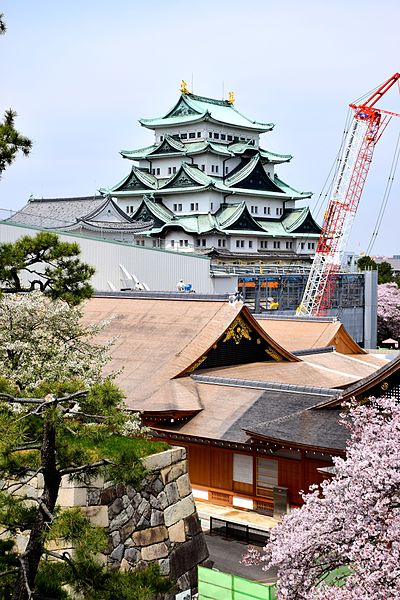
In the meantime, tourists are flooding to the site. It is one of Japan’s most favored destinations with a rating of 4.0 on TripAdvisor.
